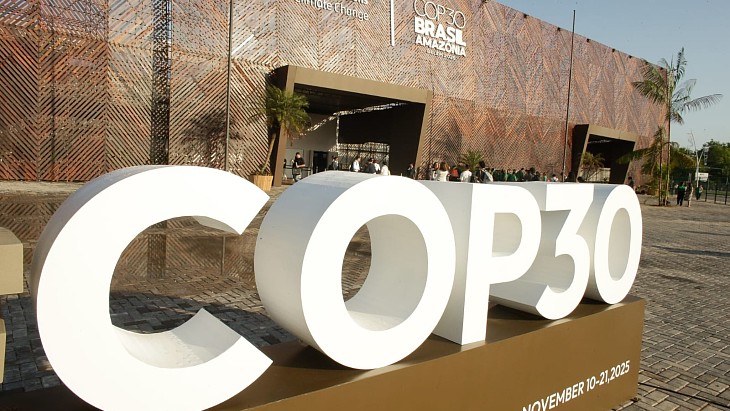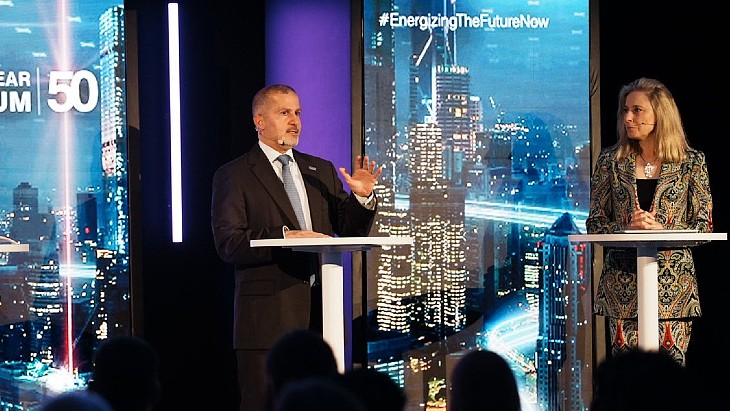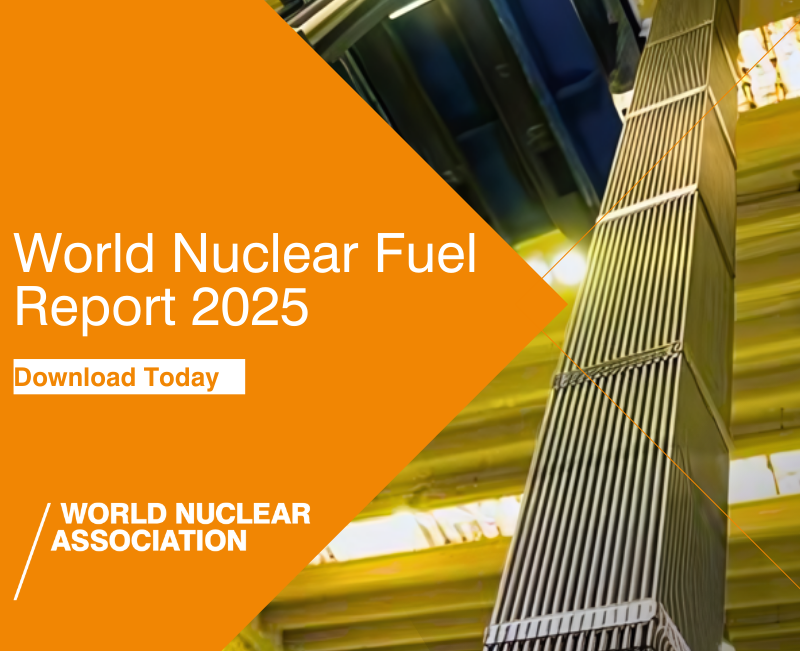"The components within future fusion power plants will have to operate under complex and challenging conditions, including extreme temperatures, high neutron loads, and strong magnetic fields," said the UKAEA, which carries out fusion energy research on behalf of the UK government, overseeing the country's fusion programme. "As a result, they require complex combinations of materials and precision engineering."
It says that additive manufacturing is "well suited" to producing materials with intricate designs, and in low volumes, making it ideal for a sector such as fusion. UKAEA believes that 3D printing can play an important role in the future of fusion, reducing the costs of this precision manufacturing.
At its recently opened Central Support Facility (CSF), UKAEA has commissioned an electron beam additive manufacturing machine alongside a selective laser manufacturing machine.
The eMELT Electron Beam Powder Bed Fusion (E-PBF) additive machine, made by Freemelt, will use electron beam technology to join tungsten in powder-form into solid components with almost 100 percent density. The eMELTmachine will be used to layer tungsten onto other materials such as copper chrome zirconium, stainless steel and Eurofer 97, a special type of steel developed for use in fusion machines.
The SLM280 selective laser manufacturing machine will be used to experiment with how to produce components with the complex geometries and material combinations that will be essential for successful fusion plants. The SLM280 is manufactured by Nikon SLM, provided by Kingsbury Machine Tools, supported by Additure.
Both 3D printing technologies will support the manufacture of plasma-facing components that will be exposed to extreme temperatures during their operational lifecycle. The machines will also reduce the reliance on traditional techniques such as welding, reducing the number of manufacturing operations and joining processes.
"Using these machines will enable parts and geometries to be produced more efficiently than by using traditional fabrication methods," said Roy Marshall, Head of Operations for Fabrication, Installation and Maintenance at UKAEA. "Many companies will have either an electron beam machine or selective laser manufacturing technology but having both capabilities under one roof - and able to produce components at scale - is a first for the fusion industry."
UKAEA said it is now working to prepare commercial partners for the large-scale production that is essential for the fusion energy plants of the future.

_51475.jpg)



_18938.jpg)
_33584.jpg)
_82983.jpg)
_49382.jpg)





